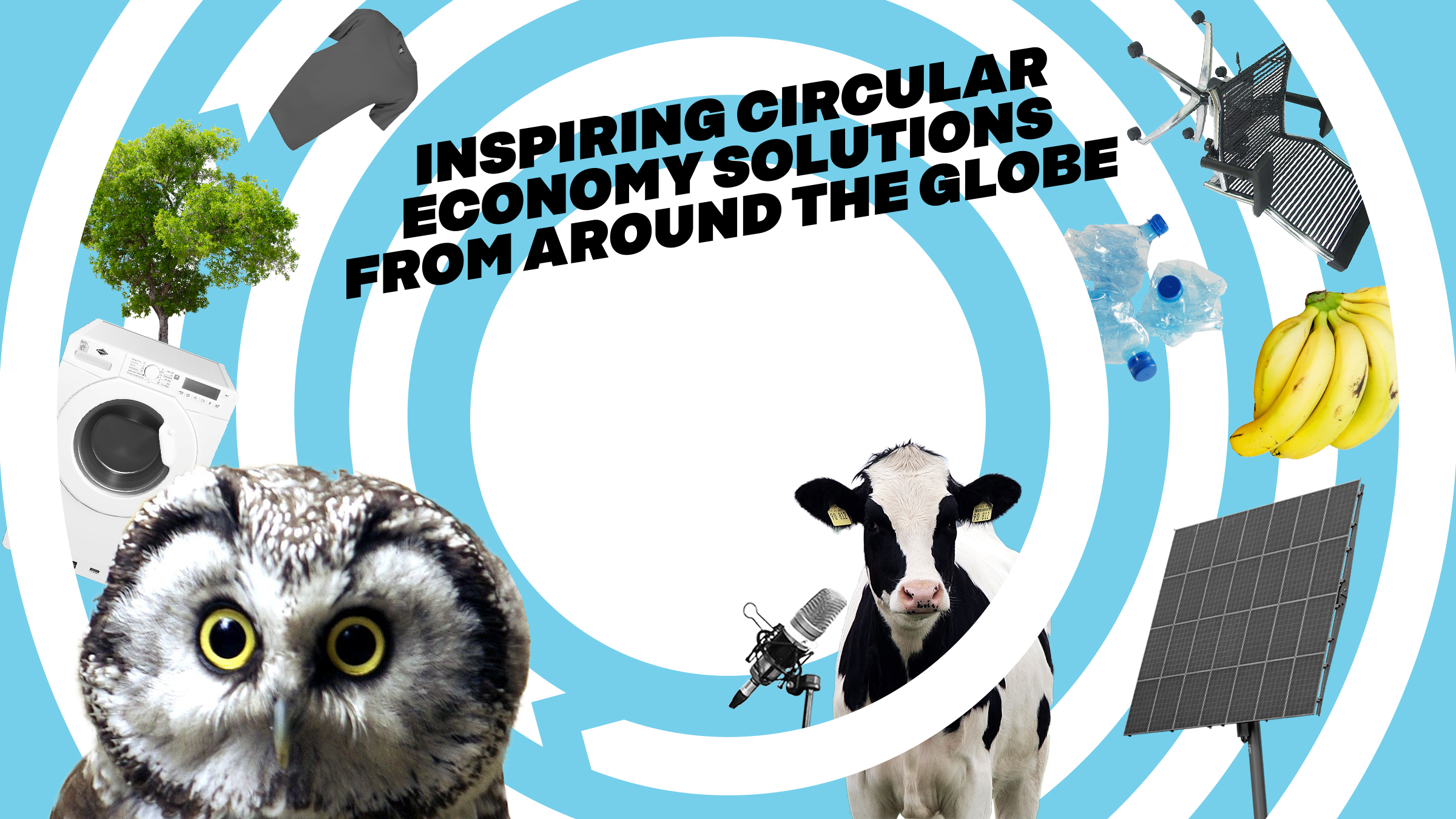SundaHus provides an online platform, SundaHus Material Data, for managing construction materials throughout their lifecycle. The company has created what has already become a new standard procedure for many actors in the construction sector.
The environmental and health requirements for the building sector are constantly evolving. Building owners are increasingly interested in keeping track of what materials are in their building, often by necessity. The founders of SundaHus realised that it is most efficient to gather all the material and product information during construction, not later.
Problem
Due to their material intensity, buildings are increasingly seen as potential urban mines. However, reusing and refurbishing used construction materials is challenging and most material ends up downcycled or wasted altogether. One issue hindering the potential for recycling is a lack of information about the material stock and content in buildings, preventing circular end-of-life use of the materials.
Solution
SundaHus has created a web-based tool that helps actors in the construction sector choose, record and track materials and products that go into a building project. Over 5,000 real world construction projects with usual budget constrains have used the solution. The tool supports the selection of safe materials without unwanted substances in the design and construction phase, and information about the used materials is saved to a building-specific database, enabling automatic processing and decision-making. This makes it easier to manage and ultimately recycle the materials used in the building.
The solution enables circular end-of-life projects for buildings that are being constructed today. The solution encourages meaningful collaboration between different stakeholders in a construction project and helps them collaborate on gathering data from all participating entities. This can nudge the parties towards more sustainable choices along the whole construction value chain. SundaHus also collaborates with several building certification schemes.
Environmental impact
Reducing the amount of hazardous substances in the building stock is SundaHus’ most profound environmental impact. As the solution also creates visibility on the environmental impact of different building materials, it indirectly supports the reduction of greenhouse gas emissions and fossil fuel-based raw materials. Especially in the future, at the end of a building’s life, the solution can significantly reduce the amount of waste sent to landfills and incineration by enabling reuse and recycling opportunities.
Social impact
As the solution contributes to the selection of safer building materials both for people and the environment, it contributes positively to the health and safety of construction sector workers and the users of the buildings. Additionally, SundaHus makes it easier for the construction sector to make sustainable and safe material choices, increasing access to sustainable production.


Inspired?
Check out all solutions.